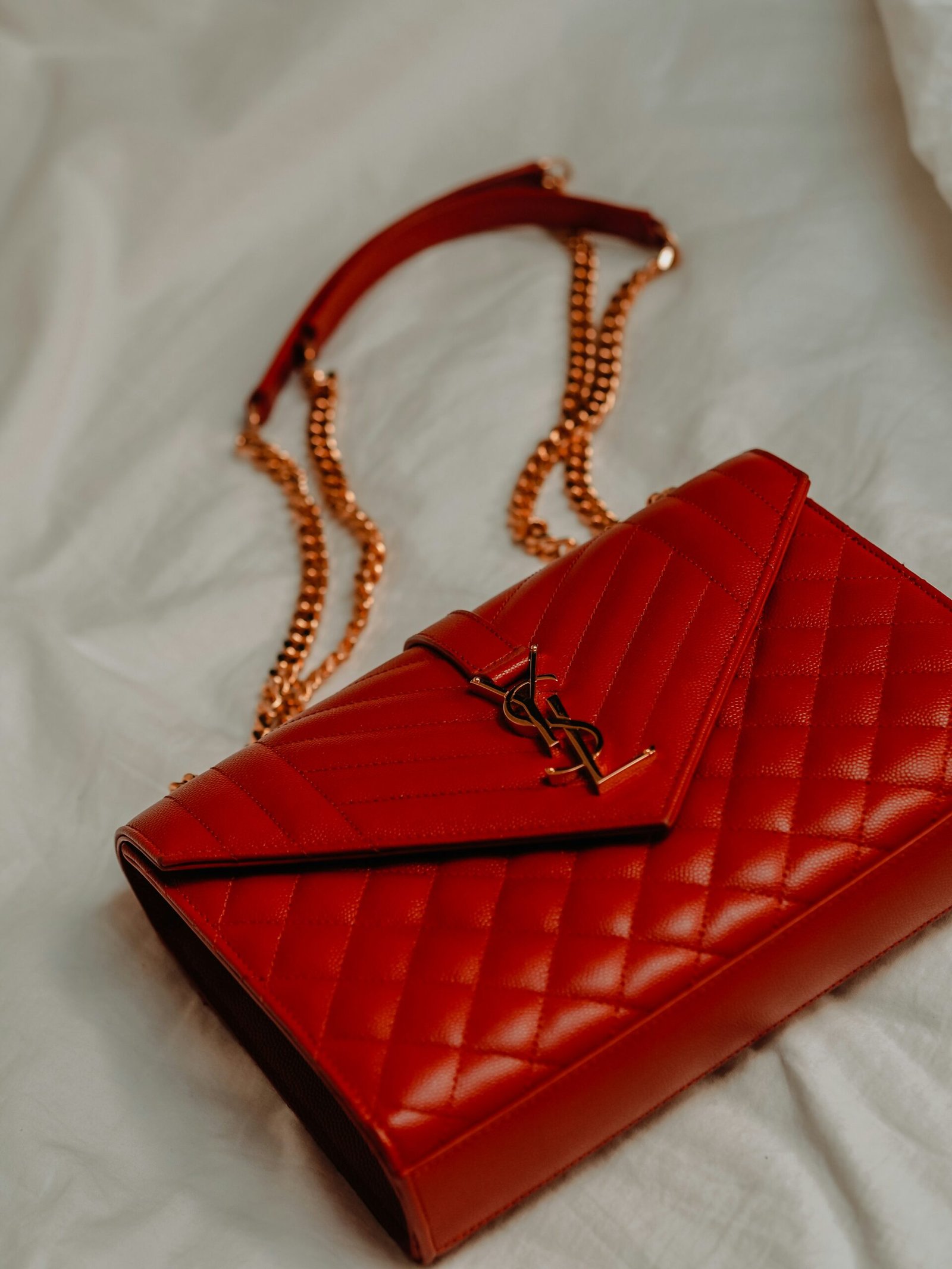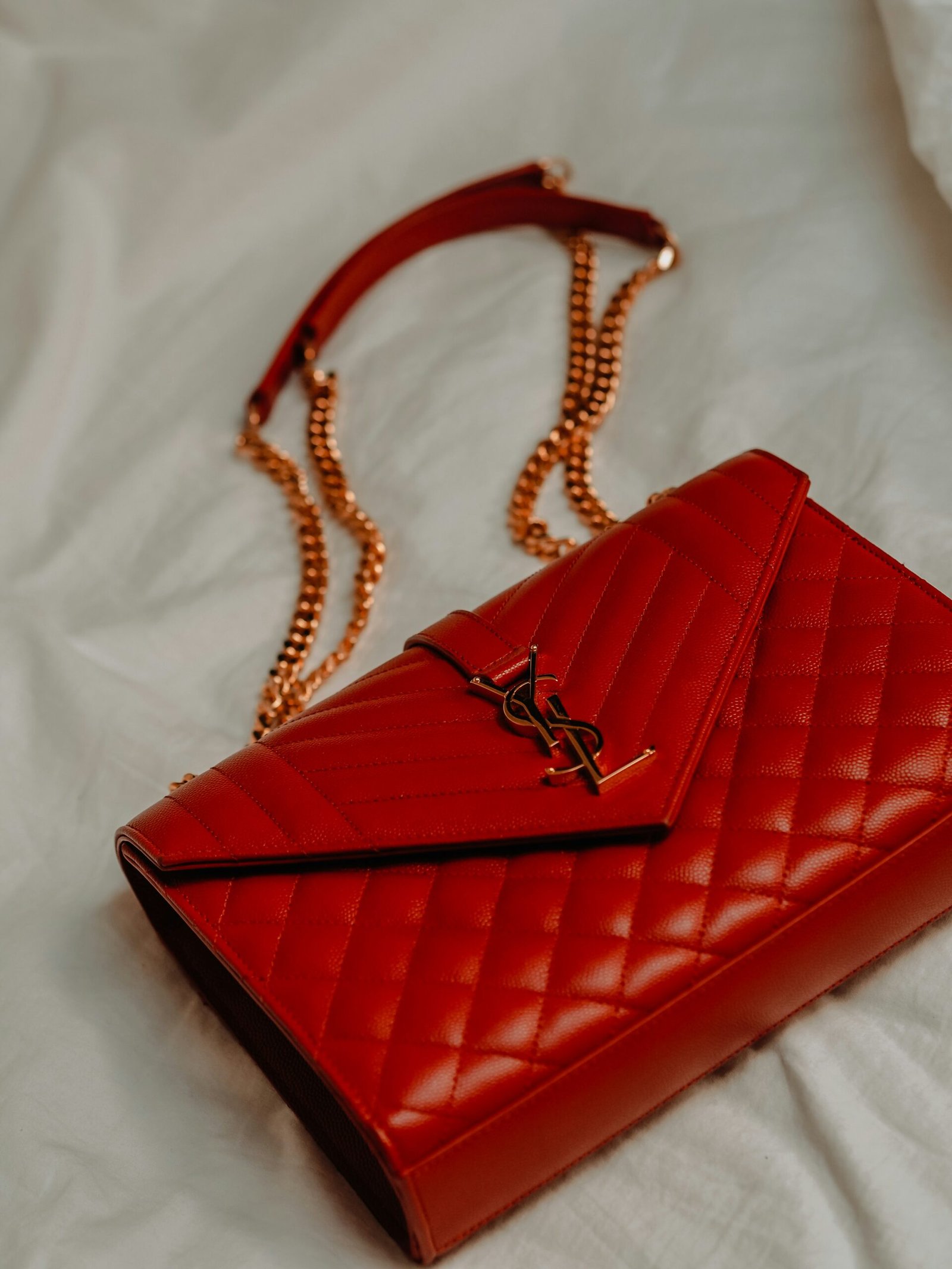
Introduction to New Zealand’s Fashion Scene
New Zealand’s fashion industry has emerged as a vibrant and dynamic realm that reflects the unique identity of the country. Known for its stunning landscapes and rich cultural heritage, New Zealand offers a distinctive backdrop that influences its fashion design choices. The blend of indigenous Maori traditions with contemporary styles showcases a creative tapestry that resonates globally. This fusion has positioned Kiwi designers to gain international recognition, making them noteworthy players on the world stage.
The fashion scene in New Zealand is characterized by a strong emphasis on sustainability and ethical practices. Many emerging designers prioritize eco-friendly materials and fair trade production methods, aligning their work with the increasing demand for responsible fashion. This commitment to sustainability not only enhances their brand identity but also resonates deeply with an audience that values environmental consciousness. Consequently, New Zealand has become synonymous with innovative designs that respect both cultural heritages and the environment.
Another significant influence on New Zealand’s fashion landscape comes from its diverse demographic. The multicultural nature of the country fosters creativity and an array of design perspectives. Designers often draw inspiration from their backgrounds and the narratives they bring, creating pieces that are not only aesthetically pleasing but also rich in storytelling. As a result, the work of Kiwi designers is marked by individuality and authenticity, setting them apart from mainstream fashion trends.
In recent years, New Zealand’s fashion industry has gained momentum on the global stage, with designers receiving accolades and showcasing their collections at prestigious events. Their unique aesthetic, coupled with a growing awareness of sustainability, has attracted attention and admiration from fashion lovers and critics alike. The forthcoming generation of designers is set to further cement New Zealand’s reputation as a hub for innovative and environmentally-conscious fashion.
Criteria for Evaluating Rising Stars
Identifying rising stars within the New Zealand fashion scene requires a robust framework of criteria that reflect both the creativity and impact of designers. A ‘rising star’ in this context denotes a designer who is on the verge of significant recognition, showcasing fresh and innovative ideas that promise to influence the industry. The evaluation process specifically considers factors such as innovation, creativity, sustainability practices, and market influence.
Innovation is paramount in distinguishing a designer as a rising star. This aspect focuses on the designer’s ability to push boundaries and introduce novel concepts that challenge the status quo. By integrating unconventional materials, exploring new techniques, or redefining traditional craftsmanship, designers can create work that stands out in a saturated market. Such innovation not only acts as a hallmark of individuality but also serves to elevate the entire fashion landscape.
Creativity goes hand in hand with innovation but extends to how effectively designers express their vision. This includes their ability to craft unique narratives through their collections, enabling them to resonate with consumers on a personal level. A genuine artistic voice can capture audiences and provide a point of connection, thereby enhancing a designer’s potential to achieve lasting success.
Moreover, sustainability practices are increasingly pivotal in evaluating designers within the contemporary fashion scene. Rising stars must actively adopt environmentally friendly techniques and ethical sourcing practices. This commitment not only appeals to a more conscious consumer base but also emphasizes the designer’s foresight in adapting to a changing marketplace that values sustainability.
Lastly, market influence is assessed by examining a designer’s presence in local and global fashion markets. Success in these arenas often indicates a strong potential for scalability and widespread recognition. Collectively, these criteria provide a comprehensive approach to identifying promising new talent in New Zealand’s vibrant fashion industry.
Spotlight on Emerging Local Talent
New Zealand’s fashion scene is experiencing a renaissance, with a plethora of emerging designers redefining the industry landscape. Each of these rising stars brings unique backgrounds and innovative design philosophies that reflect both local culture and global fashion trends. Their distinct styles and contributions are vital components of the evolving narrative in New Zealand fashion.
One standout designer is Charles O’Leary, whose work is heavily influenced by his Māori heritage. O’Leary incorporates traditional motifs and contemporary techniques into his designs, creating garments that tell a story of both past and present. His approach emphasizes sustainability, utilizing locally sourced materials which resonates with the growing demand for environmentally friendly fashion. As a result, O’Leary is not just a designer but a cultural ambassador, enhancing the visibility of Māori artistry in a global context.
Another noteworthy name is Lucinda Kent, who draws inspiration from urban landscapes. Kent’s collections often feature bold colors and geometric patterns, reflecting the vibrancy of city life. Her signature style combines streetwear aesthetics with high-fashion sensibilities, making her creations both accessible and striking. Kent is committed to inclusivity in her designs, ensuring that her collections cater to a diverse demographic, which is increasingly important in today’s fashion industry.
Finally, Noah Pai has emerged as a transformative force within the realm of gender-neutral fashion. His minimalist approach emphasizes clean lines and sustainable fabrics, appealing to a conscious consumer looking for versatility. Pai’s dedication to breaking down traditional gender barriers in clothing further sets him apart, paving the way for a more inclusive future in fashion.
These designers embody the future of New Zealand fashion, each carving out a niche that blends cultural heritage and modern aesthetics. With their innovative visions, the potential for lasting impact on both the local and international stage is promising.
Sustainable Fashion Initiatives Among New Zealand Designers
The rise of sustainable fashion has gained significant traction among New Zealand designers, as they increasingly embrace eco-friendly practices in their collections. These rising stars are at the forefront of a movement that emphasizes the importance of ethical production methods and the responsible sourcing of materials. Their commitment to sustainability is not merely a trend; rather, it reflects a growing consciousness around environmental issues and a desire to positively impact the fashion industry.
New Zealand designers are actively utilizing innovative materials such as organic cotton, Tencel, and recycled textiles to create garments that minimize environmental impact. By opting for such materials, designers not only reduce their carbon footprint but also promote the use of regenerative resources that contribute to a more sustainable fashion ecosystem. Additionally, many of these designers are sourcing materials locally, supporting domestic industries and reducing transportation emissions.
Beyond material choice, ethical production methods have become a cornerstone of many New Zealand labels. Several designers prioritize working with artisans and manufacturers who adhere to fair working conditions, ensuring that each piece is produced in an environment that respects the rights of workers. This ethos resonates with consumers who are increasingly seeking transparency and accountability within the fashion supply chain.
Another significant aspect of these sustainable fashion initiatives is the commitment to reducing waste. Countless New Zealand designers have adopted zero-waste patterns or incorporate upcycling techniques in their collections. This approach not only minimizes the volume of fabric that goes to landfills but also gives new life to discarded materials, showcasing creativity and resourcefulness.
As these emerging designers continue to innovate and promote sustainable practices, they are setting an example for the broader fashion industry. Their influence highlights the potential for a more responsible approach to fashion, where style and sustainability coalesce. The New Zealand fashion landscape is evolving, and it is this integration of sustainability within their craft that marks a significant turning point for the industry.
Cultural Influence in Kiwi Fashion Design
The burgeoning landscape of New Zealand fashion is profoundly shaped by the rich cultural heritage of the nation, particularly the influence of Māori culture. Emerging designers are increasingly drawing inspiration from local traditions, interweaving elements of heritage and storytelling into their collections. This deep connection to culture not only enriches their designs but also fosters a unique narrative that resonates with both local and global audiences.
Māori motifs, symbols, and patterns are prevalent in many of the works presented by these rising stars in the fashion industry. Designers are often seen incorporating traditional textiles and techniques, creating a vibrant dialogue between past and present. For example, the use of koru spirals, which represent new life and growth, alongside other culturally significant designs, showcases the deep respect for Māori heritage while simultaneously pushing fashion boundaries. The fusion of traditional and contemporary styles becomes a testament to the evolving nature of Kiwi fashion.
Moreover, storytelling plays a pivotal role in the work of these designers. Collections often aim to narrate personal tales or reflect broader social issues, creating a platform for discussion and connection. This storytelling aspect bridges cultural divides, as designers convey messages through clothing that transcend geographic and cultural boundaries. It fosters an environment where fashion serves not just as a medium for self-expression, but as a reflection of collective identities and shared experiences.
As Kiwi fashion continues to evolve, the influence of Māori culture and other local traditions remains integral. By incorporating these elements, emerging designers are cultivating a distinctive fashion narrative that stands out on the world stage. This integration not only honors their roots but also celebrates the diversity and creativity inherent in New Zealand’s fashion industry.
Collaboration and Community in New Zealand Fashion
The New Zealand fashion industry is characterized by a strong spirit of collaboration and community, elements that have become foundational for its growth and vitality. Designers, artists, and various creatives often unite to foster an environment that allows local talent to flourish. This collaborative ethos is particularly significant in a relatively small market where the pooling of resources and shared knowledge creates a unique fashion ecosystem.
One of the notable examples of collaboration in New Zealand fashion is the work of emerging designers who frequently partner with local artists to create limited-edition collections. These partnerships not only infuse fresh artistic perspectives into fashion but also build cross-disciplinary networks that elevate all involved. For instance, collaborations between fashion designers and textile artists have yielded innovative fabrics and practices, reflecting the cultural richness of New Zealand while promoting local craftsmanship.
In addition to designer partnerships, community initiatives play a vital role in nurturing local talent. Events such as New Zealand Fashion Week provide platforms for budding designers to showcase their work alongside established names in the industry. These events not only enhance visibility for new talents but also promote a culture of mentorship, where seasoned professionals share insights and guidance. This supportive environment is crucial for developing not just individual careers but a robust fashion community as a whole.
Moreover, there are various collectives and organizations dedicated to fostering collaboration among New Zealand designers. For instance, groups such as The New Zealand Fashion Institute aim to provide education and business support to emerging talents, further solidifying the importance of community in the fashion landscape. Through these initiatives, designers are empowered to innovate and grow, ultimately contributing to a thriving fashion scene that reflects the unique characteristics of New Zealand.
Challenges Faced by Emerging Designers
Emerging designers in New Zealand’s fashion landscape frequently encounter numerous challenges that can significantly hinder their growth and visibility in a competitive global marketplace. One of the foremost hurdles is securing funding. Many new designers often lack access to traditional financial resources, making it difficult to invest in crucial aspects like materials, production, and marketing. The reliance on personal savings or small-scale crowdfunding efforts may not suffice, leaving these talented individuals to grapple with limited production capabilities, stifling their potential to create and showcase innovative designs.
Another major challenge is market saturation. As the fashion industry becomes increasingly accessible, many aspiring designers enter the market, resulting in heightened competition. Emerging designers must find ways to differentiate themselves to attract a loyal customer base. However, this battle for attention can lead to an overwhelming array of choices for consumers, making it harder for new brands to establish their identity and gain traction in a crowded landscape.
Visibility is a critical factor for success, yet many emerging designers struggle to attain it. Without a well-established network or connections within the fashion community, showcasing their collections through channels like fashion weeks or influential platforms can prove daunting. The lack of representation in mainstream media can further compound visibility issues, limiting their opportunity to reach a broader audience. The challenges faced by new designers extend beyond their design capabilities; they must also navigate the intricacies of marketing, branding, and networking effectively.
These interconnected obstacles can significantly impact the growth and success of emerging designers in New Zealand. By addressing these challenges head-on and leveraging existing resources, they may improve their prospects in the global fashion industry and carve out a distinctive space within it.
The Role of Fashion Events in Promoting New Talent
Fashion events play a pivotal role in the development and promotion of emerging designers in New Zealand. They serve as crucial platforms where new talent can showcase their creativity and vision to a broader audience. One of the most prominent events in this regard is New Zealand Fashion Week (NZFW), which attracts not only local designers but also international attention. By providing a runway for new creations, NZFW allows up-and-coming designers to gain invaluable exposure to industry leaders, buyers, and potential clients.
In addition to NZFW, various student showcases, such as those held by fashion design schools across the country, foster an important environment for new talent to flourish. These showcases allow design students to present their work in a professional setting, essentially acting as a bridge to the broader fashion industry. Participants in these events can often engage with established designers, giving them unique networking opportunities that might otherwise be difficult to access. This interaction can lead to mentorships, internships, or even job offers, further establishing their pathways in the industry.
Furthermore, competitions such as the Emerging Designer Award at NZFW identify and elevate promising fashion innovators, validating their skills and vision through recognition from industry professionals. The winners of these competitions gain not only prestige but also critical media attention, which is vital for building their brand presence. Such accolades can significantly impact a designer’s career trajectory, allowing them to launch collections that resonate with a wider audience. Through these multifaceted events, New Zealand’s fashion scene nurtures the next generation of designers, ensuring that the industry continually evolves and remains fresh and dynamic. In conclusion, the role of fashion events is essential in promoting new talent, creating opportunities for success and innovation within the realm of New Zealand fashion.
Looking Ahead: The Future of New Zealand Fashion
The future of New Zealand fashion is poised for significant evolution as emerging designers inject fresh narratives and innovation into the industry. As the impact of rising stars becomes increasingly evident, a shift in style aesthetics is expected. New Zealand designers are leaning towards a blend of traditional techniques with contemporary designs, allowing for a unique expression that respects cultural heritage while appealing to modern sensibilities. This fusion not only captures local significance but also transcends borders, enabling Kiwi designers to carve their niche on the global fashion stage.
Consumer behavior in the fashion landscape is also evolving, with a growing emphasis on individuality and self-expression. Today’s shoppers are increasingly discerning, opting for ethically produced and sustainable fashion choices. This trend aligns with the values of many rising designers who prioritize environmentally responsible practices. The focus on sustainability is not merely a passing trend; it is becoming integral to the identity of New Zealand fashion. As a result, young designers are incorporating eco-friendly materials and processes, thereby reflecting a commitment to the planet alongside their creative vision.
Furthermore, technology’s role in reshaping the fashion industry cannot be overlooked. The increased use of digital platforms for e-commerce and showcasing new collections has provided New Zealand designers with unprecedented global reach. Social media enables a direct connection with consumers, fostering engagement and brand loyalty through immersive storytelling and visuals. Consequently, this digital engagement is vital in positioning New Zealand designers prominently on the international fashion scene.
In conclusion, the future of New Zealand fashion is bright, characterized by innovative designs, a commitment to sustainability, and a focus on global visibility. As emerging talent continues to redefine the landscape, the world will undoubtedly take notice of the unique contributions that New Zealand designers have to offer.



